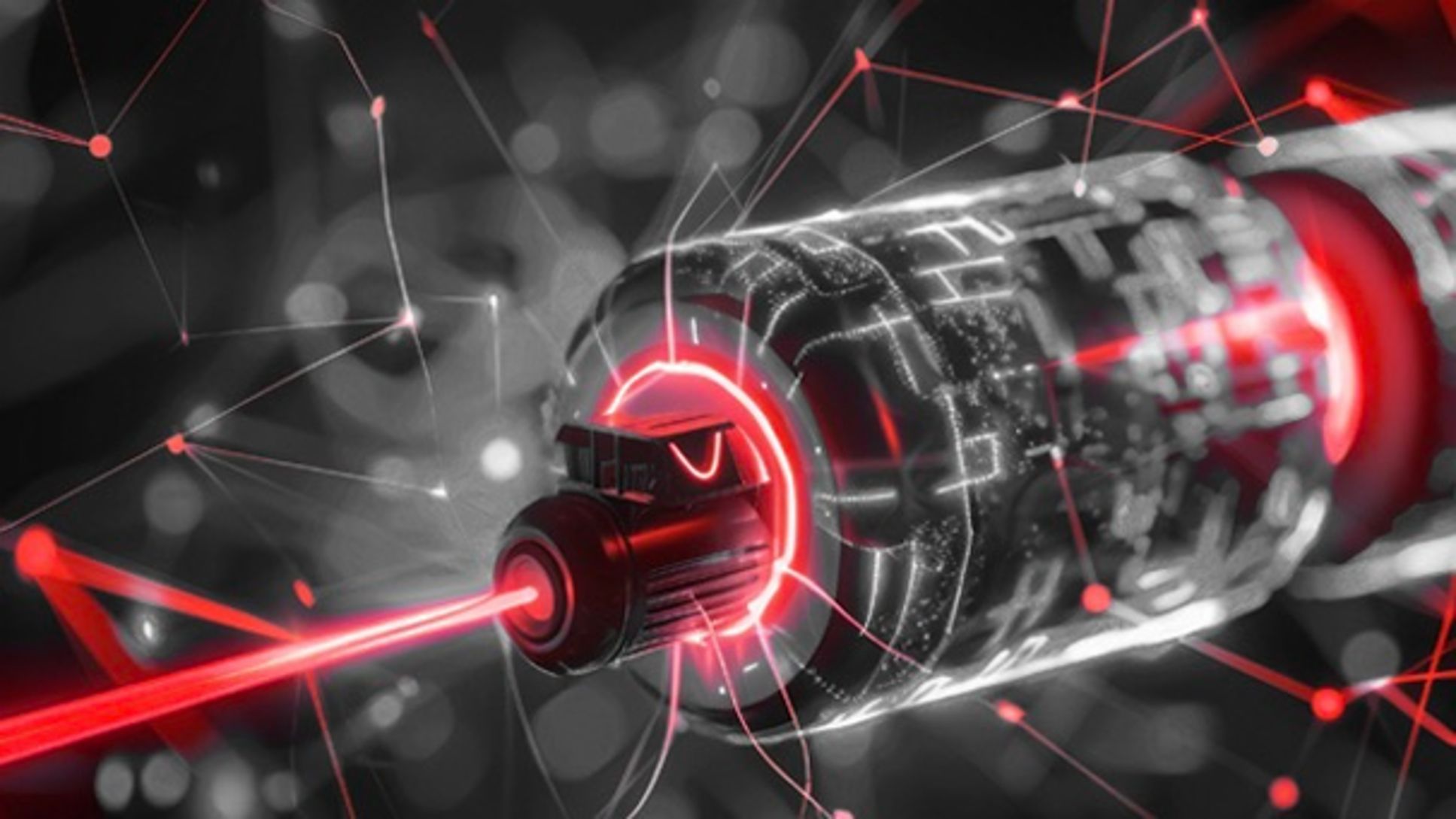If the majority of new vehicles are to become electric from 2030 onwards, battery technology will be the decisive factor determining whether this endeavor will be successful. Range, charging time, safety, price – all of these critical purchase criteria are strongly influenced by the battery. The first generations of battery-powered vehicles are already on the road. For many people, electric cars have already become an integral part of everyday life. They reduce CO₂ emissions and thanks to continuously improving technology, have long been suitable for our everyday use.. However, in order to completely replace the combustion engine, a further leap in development is required. When people think of electric vehicles today, they often associate them with long waiting times at charging stations; limited range, particularly at low temperatures; and high purchase costs. These factors are often the main reason why consumers still prefer to buy conventional combustion engines. To compete in the highly competitive passenger vehicle market, electric vehicles will have to improve significantly in these categories: achieving a range of up to 800 kilometers on a single charge, offering fast acceleration, quick charging times, and remain affordable.
Different materials, better properties
However, existing battery technologies, such as the widely-used lithium-ion batteries (LIB), are reaching their limits in these areas. This is where the solid-state battery (SSB) comes into play. Often regarded as a revolutionary development in battery technology, this battery type solves a number of existing problems by enabling higher ranges and lower charging times while being safer and more durable. Numerous companies in the automotive supply chain, including major car manufacturers such as Volkswagen, established battery cell manufacturers and start-ups, are investing in the development of this promising technology.
Technologically, a solid-state battery differs from a conventional lithium-ion battery primarily in the separator and the electrolytes, two components that are largely responsible for the safety and performance of the battery. In a conventional battery cell, the separator consists of multi-layered plastic films, and the electrolyte of a mixture of flammable solvent and lithium salt. The solid-state battery concept replaces, at least in part, the separator and the liquid electrolyte with a solid electrolyte that has significantly better safety properties.
Both, gel-like substances (easier to process, but less stable) and ceramic materials (very stable, but challenging in large-scale production) can be used. The stability of the solid electrolyte also enables the use of new types of energy storage materials such as silicon or lithium metal alloys, whose performance is up to ten times that of today’s graphite anode. In addition to increased stability and safety, this also enables the necessary ranges of more than 800 kilometers at the same, or even lower, weight.
Existing production technology to be adopted
Despite all the advantages of the technology, the industrialization of solid-state batteries faces several challenges, including the integration of the battery into the vehicle. The main problem: Solid-state batteries “breathe.” With a lithium metal anode, the expansion and shrinkage can be up to ten centimeters on the battery system level. A solution must therefore be found to accommodate such volume changes within an otherwise rigid vehicle frame.
Another key challenge is the production of solid-state batteries. It requires fundamentally different processes than the production of current battery generations. Only around 40 percent of today’s machines and processes can be used for producing solid-state batteries.
Almost all battery cell manufacturers are currently building or planning large-scale gigafactories – battery production facilities that are largely designed for the production of LIBs. Industrialization is associated with great financial risk. The development and construction alone for a small pilot plant in the megawatt range is expected to cost between 500 million and one billion euros.
In addition to vehicle integration, production, and industrialization, securing the supply chains for the new materials also plays a critical role. The existing supply chains for LIBs can only be used to a limited extent, as the required raw materials and chemicals differ from status quo. Ensuring availability and hedging against price fluctuations are key components for long-term success, particularly in the case of raw materials that are in high demand, such as lithium.
Market launch in three phases
The production of LIBs is currently dominated by Chinese cell manufacturers, who supply more than 50 percent of the global LIB market. Solid-state batteries could shift this geopolitical dominance.According to a patent analysis of the past two decades carried out by Porsche Consulting (based on the patents published by commercial suppliers in the period 2003 to 2022), Japan is the leader in the development of solid-state batteries – followed by China, the US and South Korea. The high pace of innovation, which is reflected in the rapid increase in patent applications for semi-solid and pure solid-state batteries, offers new market participants an opportunity. Established companies and up- -coming start-ups are actively competing for the leading position by focusing extensively on research and development and using technological advances to gain a foothold in the market.
And the prospects are promising: Once all the challenges of industrialization have been overcome, the market launch of solid-state batteries is expected to take place in three phases. In the initial phase, solid-state batteries will be used in applications where performance takes precedence over cost – for example in racing or aviation. As the performance outpaces the competition, in the second phase solid-state batteries will also be used in high-priced vehicle segments. The third phase is disruption: Significant cost and performance improvements will enable widespread introduction for all applications.
If a technological breakthrough is achieved, SSBs will have a major impact on the drivetrain portfolio for passenger cars. And it doesn’t have to end there: Other potential applications include eVTOLs – electrically powered aircraft similar to helicopters – trucks and buses.
This article was originally published in Der Tagesspiegel, a leading German daily newspaper.
Read more about this topic on our page Spotlight on Battery





